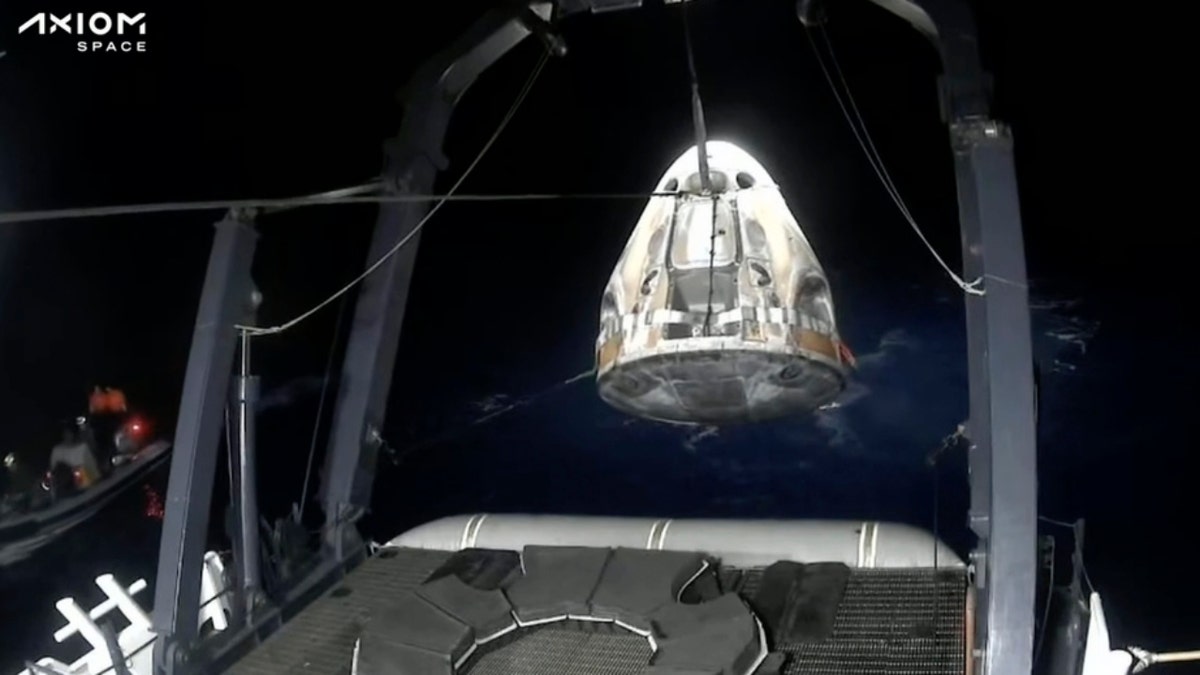Introduction

Space exploration has always captivated the human imagination, and with the advent of private companies like SpaceX, the boundaries of space travel have expanded significantly. One of the most intriguing aspects of SpaceX’s missions is the return of its Dragon capsules to Earth, often accompanied by a sonic boom. This article delves into the science behind these sonic booms, the experiences of those who have witnessed them, and the broader implications for space travel.
Understanding Sonic Booms
What Is a Sonic Boom?
A sonic boom is a loud, thunder-like noise that occurs when an object travels through the air at a speed faster than the speed of sound, known as Mach 1. As the object moves, it compresses air molecules in front of it, creating shock waves that propagate to the ground. When these shock waves reach the ears of observers, they are perceived as a sonic boom.

The Science Behind the Sound
The intensity of a sonic boom depends on several factors, including the size, speed, and altitude of the object. For instance, larger objects or those traveling at higher speeds generate more powerful shock waves, leading to louder booms. Additionally, the altitude at which the object travels affects how the shock waves reach the ground; lower altitudes can result in more concentrated and intense booms.
SpaceX Dragon’s Return and the Sonic Boom
The Dragon Capsule’s Descent
SpaceX’s Dragon capsules are designed to return to Earth by re-entering the atmosphere and splashing down in designated areas, such as the Gulf of Mexico or the Atlantic Ocean. During this process, the capsule accelerates to supersonic speeds, leading to the creation of shock waves and, consequently, a sonic boom.
Notable Instances of Sonic Booms
- October 2021: After a successful resupply mission to the International Space Station (ISS), the Dragon capsule’s return caused a sonic boom that was heard across parts of Florida. Residents reported feeling their houses shake, and some even mistook the sound for an explosion .
- February 2024: The return of the Ax-3 mission’s Dragon capsule resulted in a sonic boom that reverberated across Central Florida. Despite cloud cover obscuring the capsule’s descent, the boom was unmistakable and startled many residents .
The Human Experience: Reactions to the Sonic Boom
Witnesses of the sonic booms often describe a mix of awe and surprise. The suddenness and intensity of the sound can be startling, especially for those unfamiliar with space missions. Some residents have reported that the booms were so powerful that they shook their homes, leading to a surge in emergency calls and inquiries about the source of the noise.
For instance, during the October 2021 incident, a resident from Orange Park, Florida, commented that their house shook so violently that it felt like an explosion. Similarly, in Alabama, observers were left in awe as they witnessed the Dragon capsule’s fiery re-entry, accompanied by a resounding sonic boom .
The Broader Implications for Space Travel
Advancements in Reusability
The occurrence of sonic booms highlights the challenges and advancements in spacecraft reusability. SpaceX’s ability to land its Dragon capsules with precision is a testament to the company’s engineering prowess. However, the associated sonic booms raise questions about the environmental and societal impacts of frequent spaceflights.
Environmental Considerations
Sonic booms can have various effects on the environment. The intense pressure changes can potentially damage structures, disrupt wildlife, and affect ecosystems. As space missions become more frequent, understanding and mitigating these impacts will be crucial.
Regulatory and Policy Challenges
The occurrence of sonic booms has led to discussions about airspace regulations and the need for designated corridors for spacecraft re-entry. Balancing the benefits of space exploration with the rights and safety of those on the ground will require careful policy considerations.
Conclusion
The sonic booms associated with SpaceX’s Dragon capsule returns serve as a reminder of the complexities and wonders of space travel. While they may startle those who hear them, they also signify the remarkable achievements of modern engineering and the ongoing journey of humanity into the cosmos. As we continue to explore the final frontier, understanding and addressing the implications of these phenomena will be essential for the sustainable and harmonious advancement of space exploration.
References
Note: The above article is a comprehensive exploration of the sonic boom phenomenon associated with SpaceX’s Dragon capsule returns. For a visual representation, consider watching videos of the capsule’s re-entry and splashdown, which often capture the dramatic descent and the resulting sonic boom.
